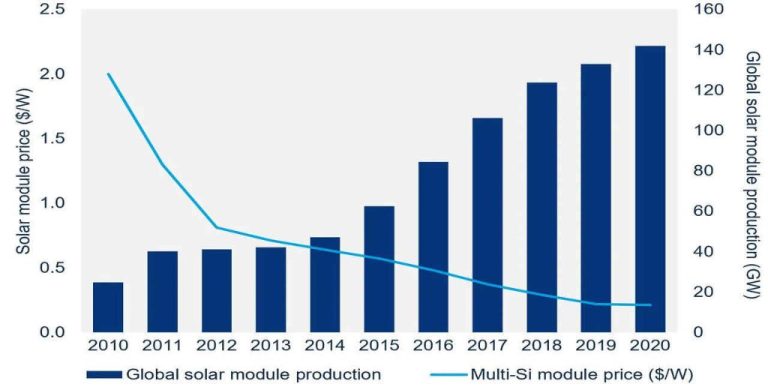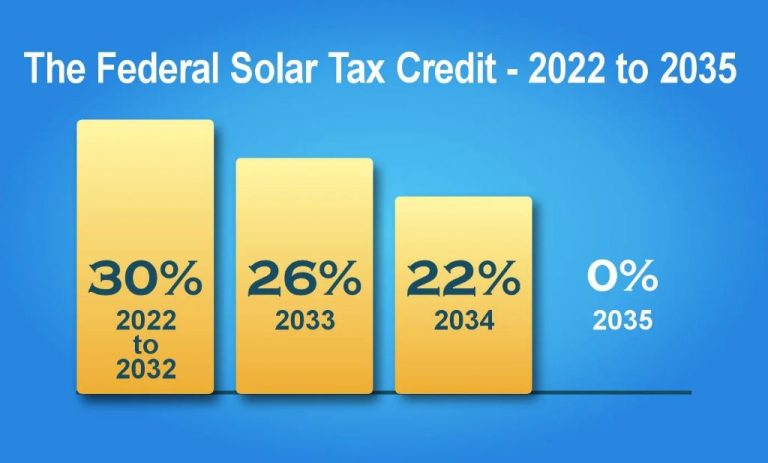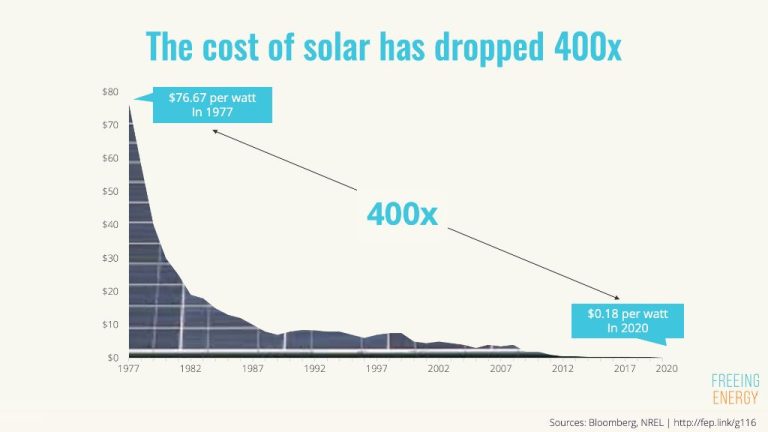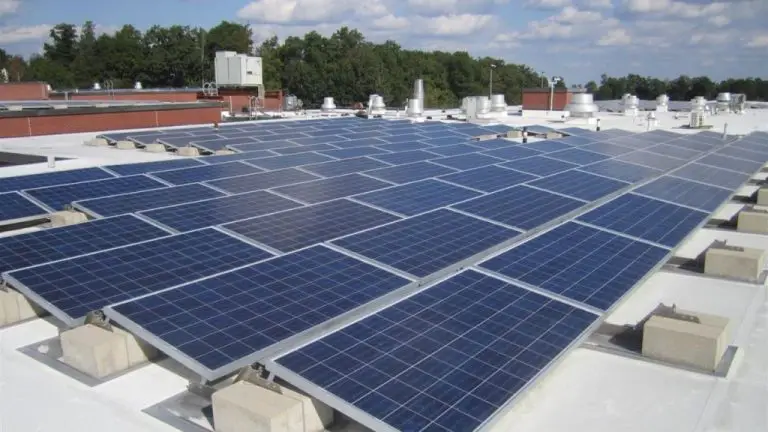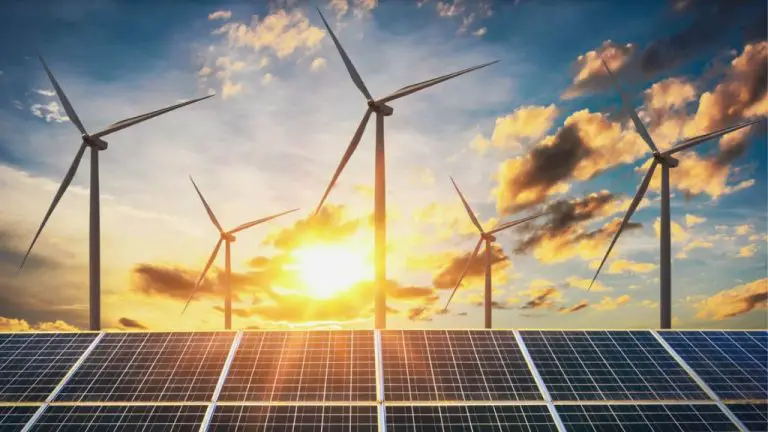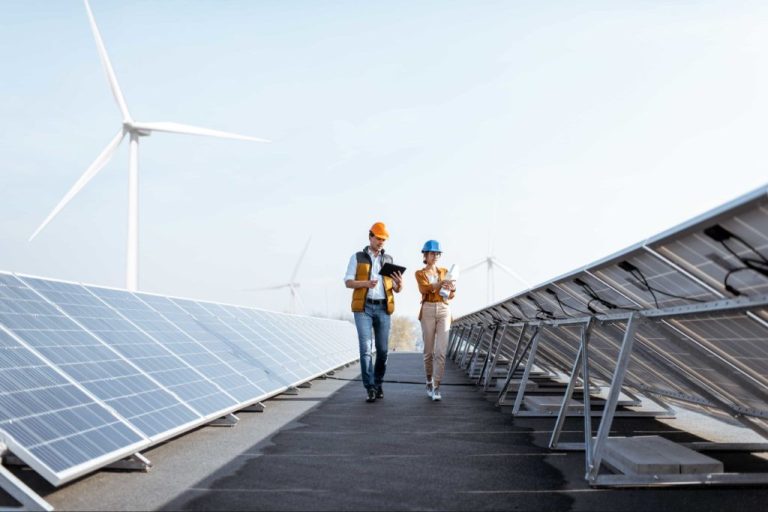How Do You Make Simple Solar Energy?
Solar energy refers to the radiant light and heat generated from the sun which can be harnessed for power generation through technologies like photovoltaics and concentrated solar power. Interest and demand for solar energy has grown dramatically in recent years due to its abundant, renewable nature and environmental benefits compared to fossil fuels.
According to the International Energy Agency (IEA), global solar photovoltaic capacity grew by over 25% in 2021 to reach over 1 TW, supplying about 4% of the world’s electricity demand. The IEA projects solar PV capacity may grow by over 17% per year through 2030 under stated policies scenarios as costs continue to fall and deployment expands.(IEA)
With solar energy’s potential as an abundant, clean source of electricity, governments, businesses and consumers are increasingly adopting solar technologies to meet emissions reduction targets and energy needs while harnessing this renewable resource.
Overview of Solar Energy Conversion
Solar panels convert sunlight into electricity through the photovoltaic effect. The photovoltaic effect refers to the creation of a voltage or electric current in a material upon exposure to light. Solar panels are made up of photovoltaic cells, which contain materials called semiconductors such as silicon that exhibit the photovoltaic effect.
When sunlight hits the solar panel, photons from the sunlight are absorbed by the semiconductors in the cells. This energy knocks electrons loose from their atoms, allowing the electrons to flow freely. The movement of these electrons generates an electric current, that is, electricity. An array of solar cells together converts solar energy into a usable amount of direct current electricity.
(Source: https://www.livescience.com/41995-how-do-solar-panels-work.html)
Types of Solar Panels
There are several different types of solar panels available today including monocrystalline, polycrystalline, and thin film panels. Monocrystalline solar panels are made from single silicon crystals and have the highest efficiency ratings, typically around 15-20% (https://aurorasolar.com/blog/solar-panel-types-guide/). Polycrystalline solar panels are made from multiple silicon crystal fragments and have slightly lower efficiency ratings around 13-16%. Thin film solar panels use cadmium telluride or copper indium gallium selenide instead of silicon. They have lower efficiency ratings of 7-13% but tend to work better in low light conditions (https://www.energysage.com/solar/types-of-solar-panels/).
When deciding which solar panel type to use, factors like efficiency, durability, temperature coefficients, shading tolerance, and cost should be considered. The type of solar panel can impact the size of array needed to generate the desired amount of electricity.
Sizing and Positioning Solar Panels
Properly sizing and positioning your solar panels is crucial to maximize energy production. The number and placement of solar panels impacts how much sunlight they receive throughout the day and year. According to this source, you first need to calculate your average daily kilowatt-hour energy usage. Then, factor in your location’s peak sun hours per day, which is a measure of how much sunlight hits the panels at optimal angles. Dividing your energy usage by peak sun hours determines the solar array’s kilowatt capacity needed.
The orientation and tilt angle of solar panels also affect energy collection. In the Northern Hemisphere, panels should face south, and in the Southern Hemisphere, north. The tilt angle should be equal to your latitude for optimal year-round exposure. However, seasonal adjustments can increase energy capture depending on your needs. Always avoid shading from buildings, trees or other obstructions. Follow manufacturer instructions for spacing between panels to allow air flow and prevent overheating. With proper solar panel sizing and placement, you can maximize your solar energy production.
Connecting Solar Panels
Solar panels need to be connected properly to integrate with batteries and the electrical grid. There are a few key steps:
- Connect panels in series to increase voltage – Positive terminal of one panel connects to the negative terminal of the next panel. This combines the voltage of each panel (for example, connecting two 12V panels in series produces 24V).
- Connect strings of panels in parallel to increase current – Positive terminals connect to positive bus bar, negative to negative bus bar. This combines the current of each string while maintaining the voltage.
- Include a charge controller between the panels and batteries to regulate charging and prevent overcharging.
- For grid connection, wire to grid-tie inverter which converts DC from panels to AC matched to the grid voltage and phase.
- Follow electrical codes and safety standards, using appropriate gauges of wiring for expected amperage.
Proper electrical connections are critical for solar panels to work effectively and safely as part of an integrated system. The right series and parallel wiring allows the system to produce the desired voltage and current.
Source: https://solarbackup.co.za/wiring-solar-panels/
Solar Energy Storage
Solar energy can be stored using batteries and other methods so it is available even when the sun is not shining. This allows solar power to be used around the clock and not just when sunlight is present. Some common ways to store solar energy include:
- Lithium-ion batteries – These are one of the most popular options for home solar storage. They have a high energy density and efficiency. Tesla and LG Chem make quality Li-ion batteries designed for solar energy storage.
- Lead-acid batteries – Lead-acid batteries are cheaper but heavier and less efficient than Li-ion. They are best for large-scale and off-grid solar storage. Examples include Absorbed Glass Mat (AGM) and flooded lead-acid batteries.
- Flow batteries – Flow batteries pump electrolyte fluids through electrochemical cells to store and discharge energy. They have long lifespans and can discharge for very long durations. Popular flow battery types are zinc-bromine and vanadium redox.
- Hydrogen fuel cells – These use electricity to electrolyze water into hydrogen and oxygen. The hydrogen can be stored and later converted back into electricity via a fuel cell when needed.
When selecting a solar storage system, key factors to consider are capacity, lifespan, efficiency, and costs. Lithium-ion batteries provide a good balance for most home solar storage needs. But large-scale applications may benefit from other technologies like flow batteries and hydrogen storage.
According to Architectural Digest, top solar batteries like the Tesla Powerwall, LG Chem RESU, and sonnenCore offer 10+ year lifespans (Source). The upfront cost of solar batteries ranges from $5,000-$20,000 installed depending on power output and capacity. Ultimately solar energy storage greatly increases the usefulness of a photovoltaic system.
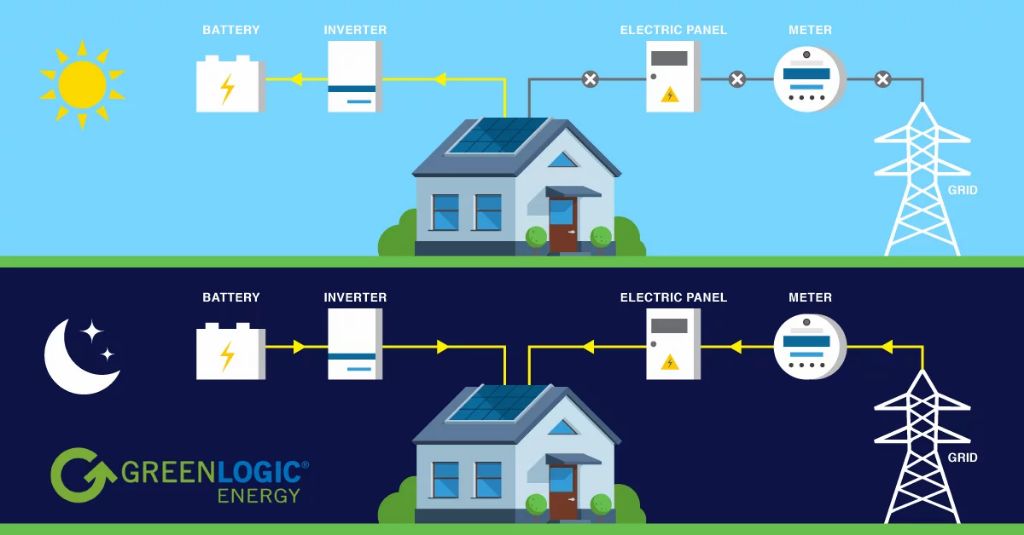
Permits and Regulations
Installing solar panels on your home often requires obtaining permits and following regulations. At the federal level, there are some regulations around the disposal and recycling of solar panels, but most permitting happens at the state and local level.
Most local jurisdictions require a building permit to install solar panels, both for rooftop and ground-mounted systems. The permit application will require documentation like site plans and equipment specs. This allows the local building department to ensure the installation meets building codes and safety standards. Some areas may require additional planning or zoning permits as well.
For connecting your solar system to the electric grid, additional approvals may be needed from your utility company. Most areas require an interconnection agreement and/or a net metering agreement with the utility. The utility will inspect the system before final approval.
Homeowners associations and neighborhoods rules can also impact solar installations. Some states like California, Florida, and Vermont restrict HOAs from banning solar panels. However, HOAs may still impose reasonable restrictions on size, placement, and aesthetics. It’s important to check local HOA bylaws before installing solar panels.
Overall, the permitting process ensures solar panel systems meet all safety and technical standards. Applying for the proper permits helps avoid issues down the road and enables your system to connect to the grid for net metering.
Cost Analysis
The upfront cost of purchasing and installing a solar panel system for your home can range from $10,000 to $25,000 depending on the size of the system and other factors. However, solar panels can provide a return on investment over time through energy bill savings. According to the Solar Energy Industries Association, the average payback period for a residential solar system in the U.S. is 6-8 years.
When calculating the return on investment, you’ll want to consider the size of your solar system, local installation costs, available solar incentives and rebates, your current electricity rate, and projected future rate increases in your area. The location of your home and average sunlight exposure will also impact energy production and savings. Using energy modeling software can help provide a more precise cost analysis.
Overall, with increasing electricity rates and decreasing solar costs, solar panels are becoming more financially attractive for homeowners. Carefully evaluating the upfront investment versus long-term energy savings can determine if solar is a wise investment for your home.
Sources:
[1] Solar Industry Research Data – Solar Energy Industries Association
Maintenance
Proper maintenance is critical for ensuring solar panels operate efficiently for their full lifespan of 20-25 years. The main maintenance tasks involve keeping panels clean, monitoring electrical connections, and inspecting the system for problems. As experts at Palmetto explain, solar panels require little maintenance beyond occasional light cleaning, but it’s still important to be vigilant (https://palmetto.com/request-service/maintenance-and-repair/massachusetts).
Solar panels can lose up to 20% of their efficiency from dirt and residue buildup, so cleaning is recommended every 2-4 times per year. More frequent cleaning may be needed for panels in dusty environments. Use water and a soft brush or sponge to gently clean the panels, avoiding abrasive materials that could scratch the glass. Check that all electrical connections are tight and free of corrosion. Inspect wiring for damage from weather, animals, or other sources. Monitoring system performance can help detect any decrease in power generation that could indicate a maintenance issue.
Beyond cleaning and inspections, solar panels are mostly self-sufficient. However, it’s a good idea to have a professional solar installer periodically check for potential problems, optimize system performance, and make any necessary repairs. With proper maintenance, a residential solar array can provide clean, renewable energy for decades.
Conclusion
In summary, building a simple solar energy system for your home is quite achievable for the motivated DIYer. The main components like solar panels, charge controllers, inverters and batteries can all be purchased and sized appropriately with a bit of planning and research. While permits and regulations will vary, safety should always be the top priority. With proper installation and maintenance, a simple solar system can provide clean, renewable energy and cost savings for decades to come. For many homeowners, the ability to generate their own solar electricity right on their roof is worth the modest upfront investment.
With solar panel prices continuing to drop, and electricity rates from utilities going up, now is an opportune time to go solar. Homemade solar energy systems are viable and beneficial, giving you energy autonomy and reducing your carbon footprint. Done correctly and safely, investing in a simple solar energy system can be one of the best decisions you make for your home and the planet.

